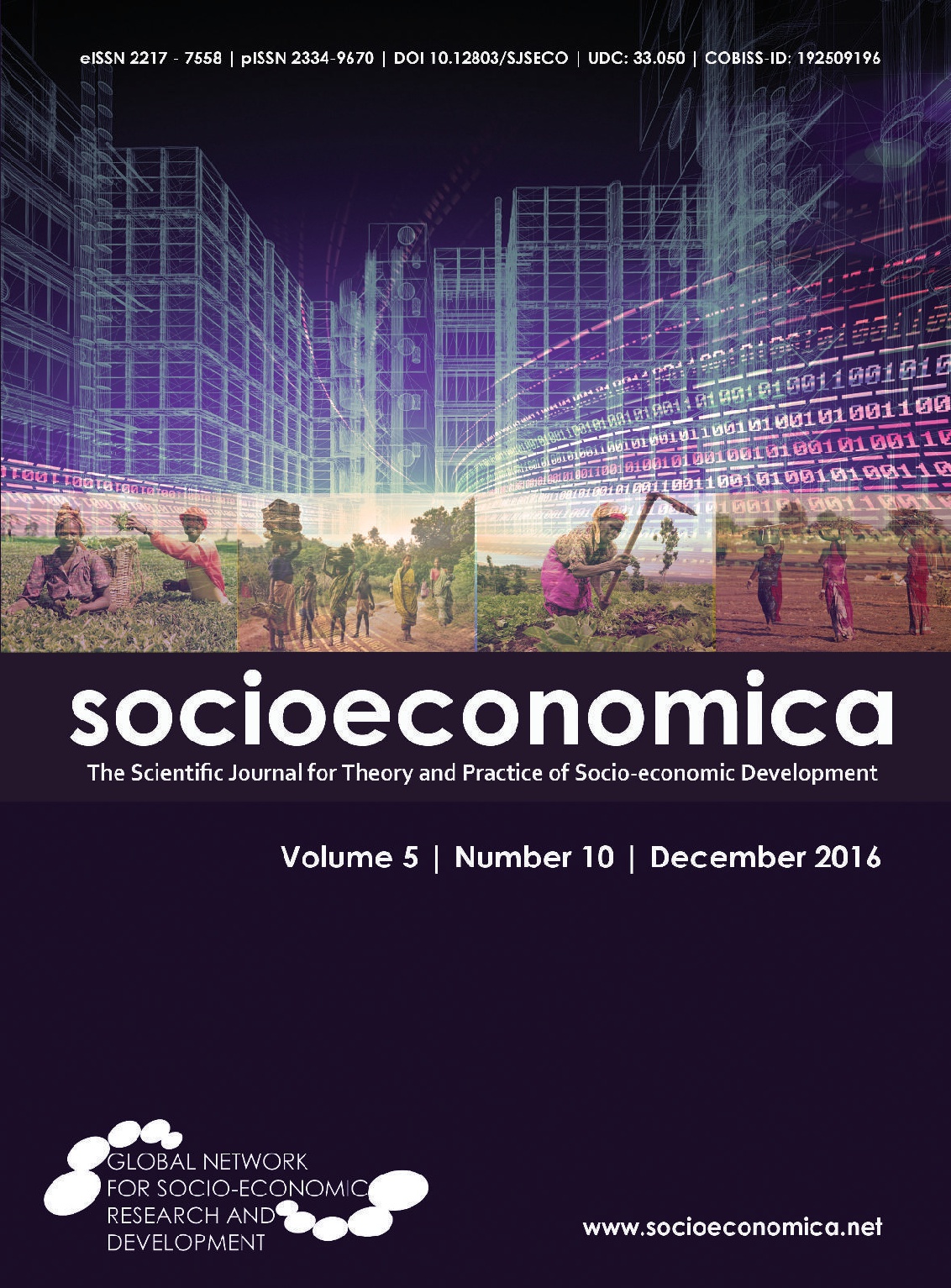Going Beyond The Mystery Of Competitiveness Indicators: The Case Of Transition Economies
Going Beyond The Mystery Of Competitiveness Indicators: The Case Of Transition Economies
Author(s): Lejla TerzićSubject(s): Business Economy / Management, Economic policy, International relations/trade, Economic development, EU-Approach / EU-Accession / EU-Development
Published by: Naučno društvo za promociju i unapređenje društvenih nauka AKROASIS
Keywords: competitiveness; indicators; transition economies; total factor productivity; economic growth;
Summary/Abstract: Economic growth in transition economies has been disappointing in the past 25 years. Transition economies failed to catch up with the EU member States in total factor productivity, and is growing slower than the EU economy. This calls for new policies to enhance competitiveness and economic growth. Implementation of effective policies that enhance competitiveness of transition economies requires a clear understanding of the concept of competitiveness. This paper deals with Total Factor Productivity (TFP) model that measures the ability of transition economies to compete in the international market. The growth of TFP are estimated using data from key sectors of selected post-transition and transition economies during 2004-2014. Competitiveness indicators can contribute to the identification of criteria between countries if the competitiveness analysis is reliable. The aim of this paper is to calculate competitiveness indicators for the current level of competitiveness of the transition economies. Also, paper aims to resolve the mystery of competitiveness indicators to enhance their usefulness for the evaluation of country performance and for policy conclusions. Competitiveness assessment is a way to use uniform evaluation criteria to gauge the extent to which a transition economy makes use of different ingots to promote sustained improvements in its prosperity. Indicators of competitiveness were drawn upon both the actual literature on competitiveness as well as modern economic theory. By bringing to bear all the existing data on transition economies, together with new survey data collected for the researching purpose, we are able to go beyond the simple ranking of countries to disassemble the sources of competitiveness into their constituent parts. This allows policy/decision makers to identify areas where transition economies are falling behind relative to other post-transition economies.
Journal: Socioeconomica - Naučni časopis za teoriju i praksu društveno-ekonomskog razvoja
- Issue Year: 5/2016
- Issue No: 10
- Page Range: 217-230
- Page Count: 14
- Language: English

